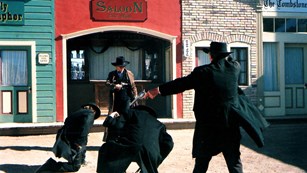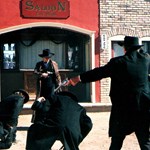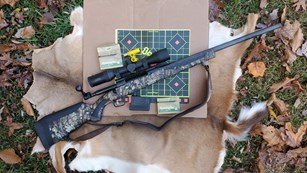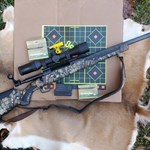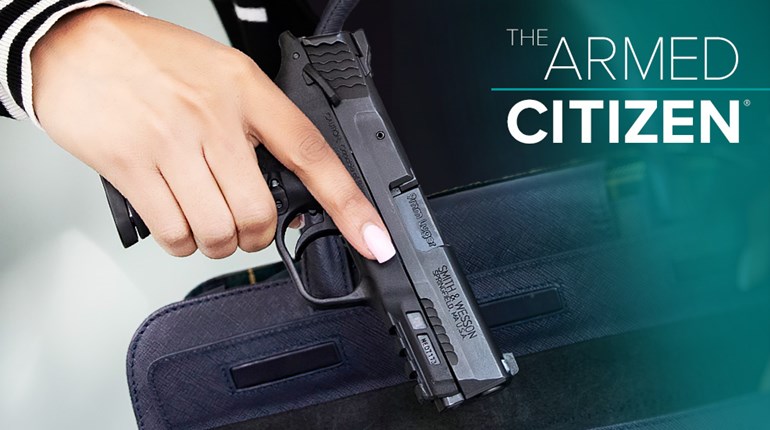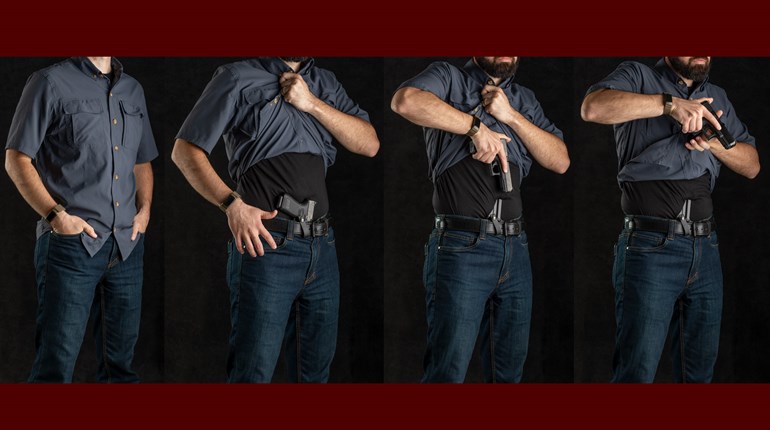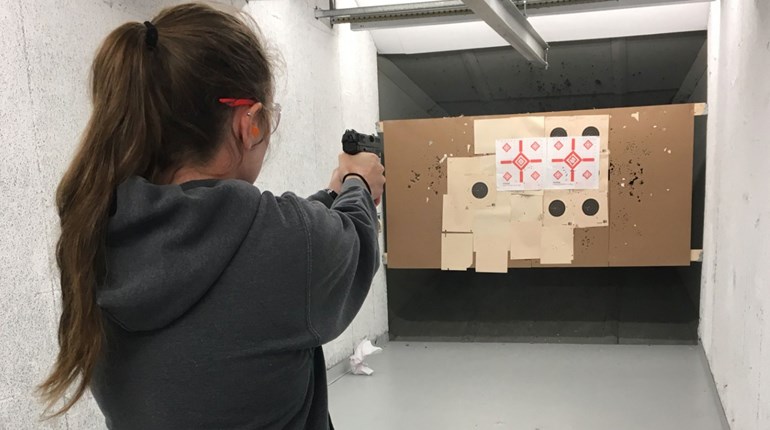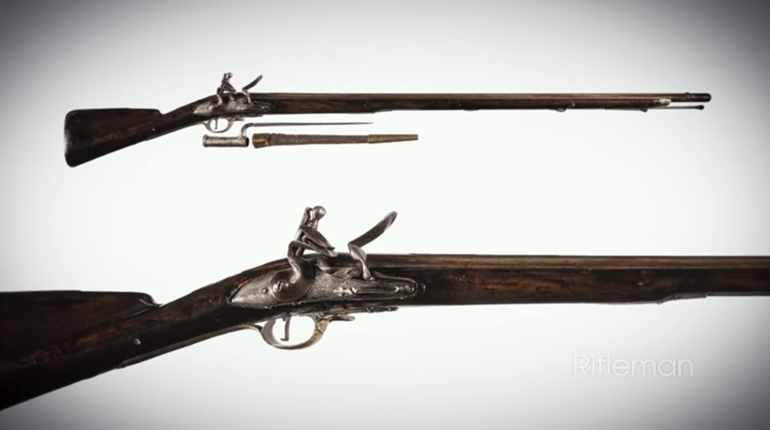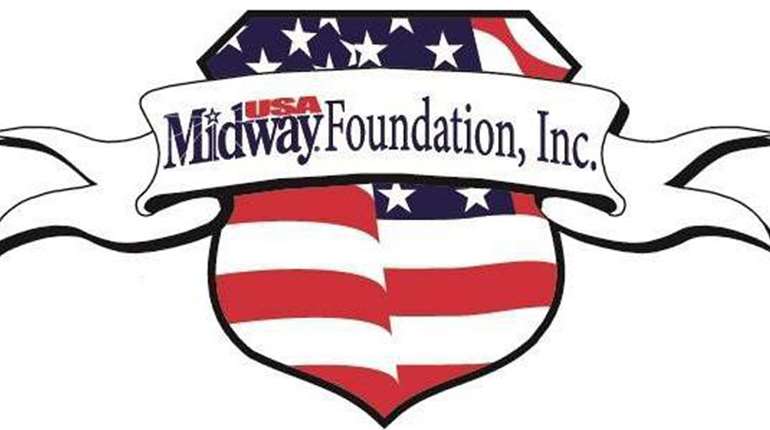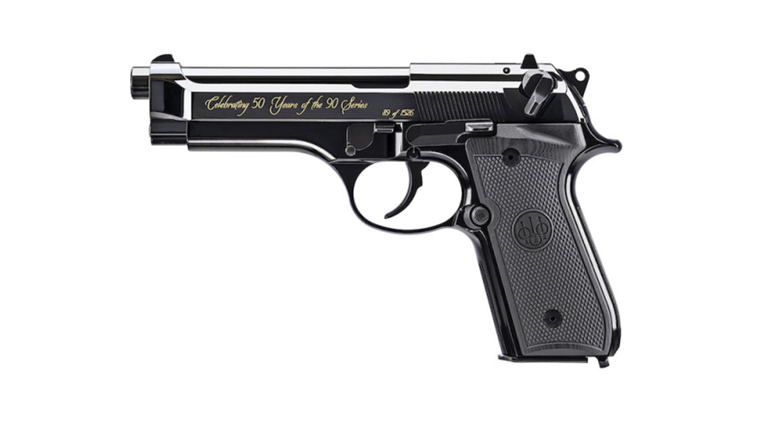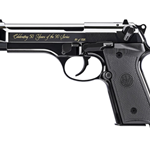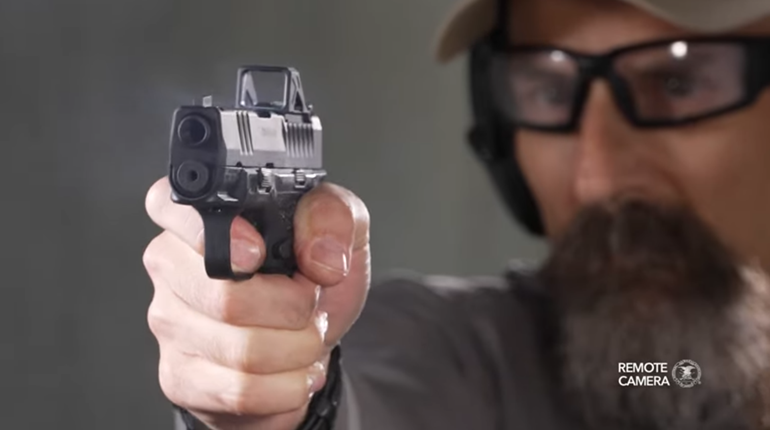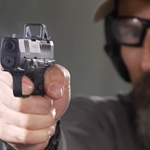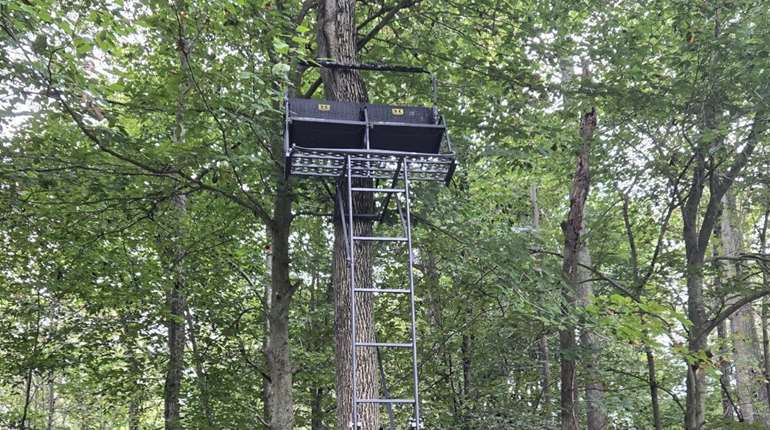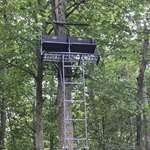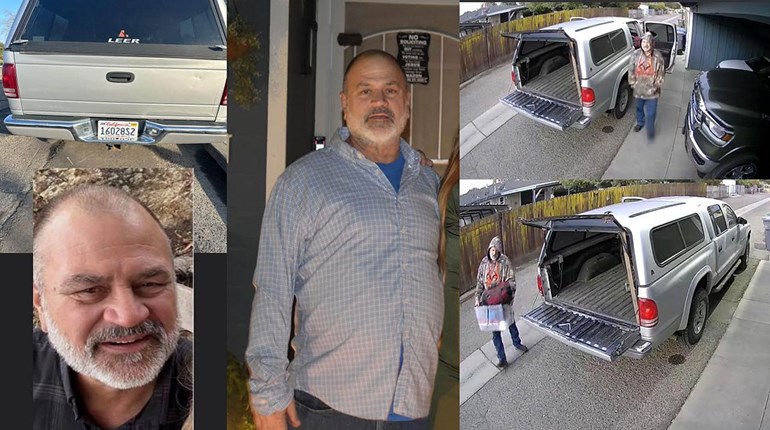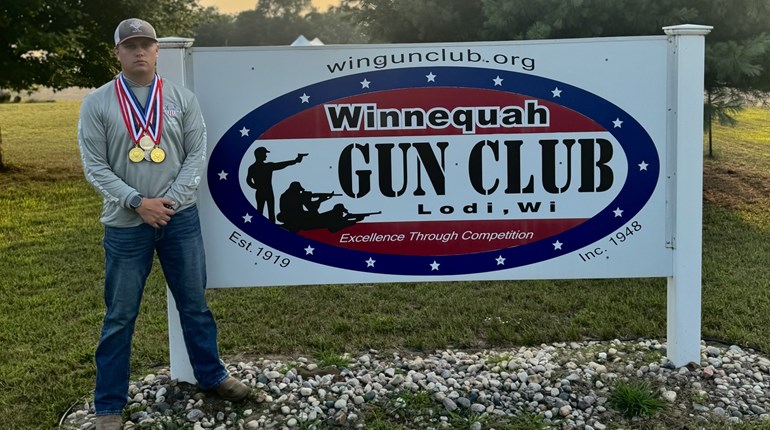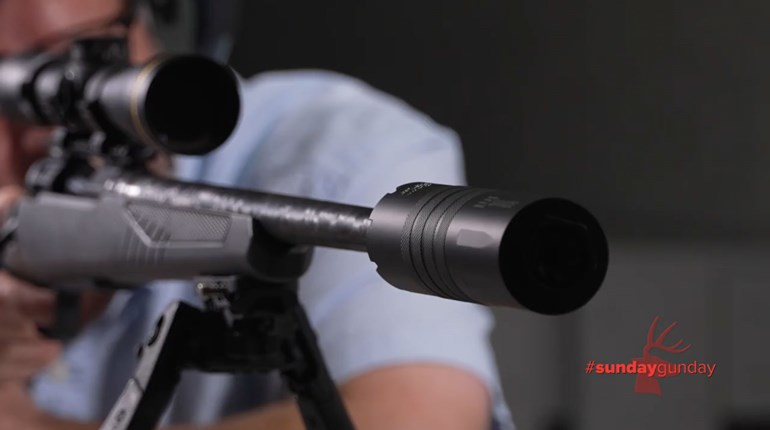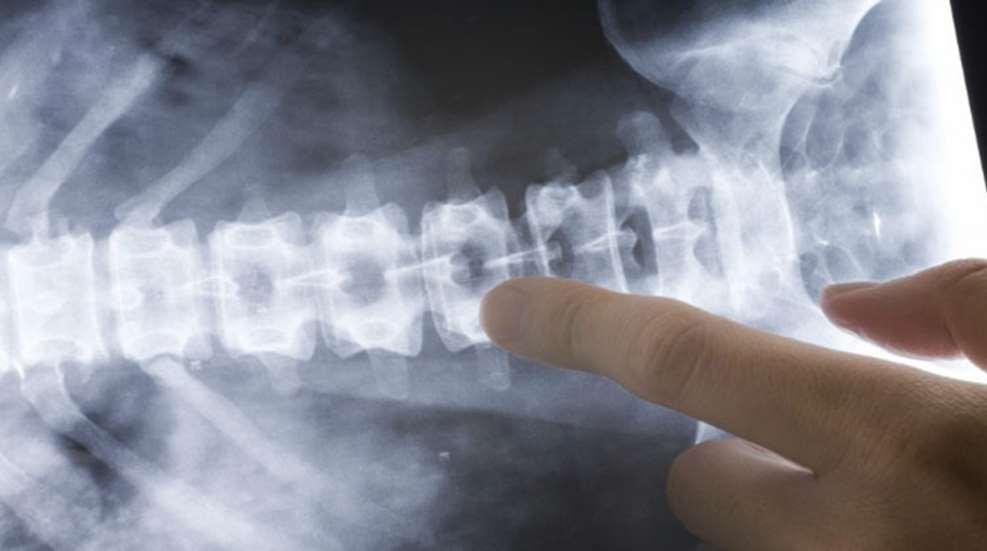
With the increasing popularity of carrying a concealed firearm comes the “Tastes great! Less filling!” arguments over the best carry position. Appendix and strong side hip are easily the most common places to carry and there are arguments in support of each. Those that carry appendix cite speed, concealability and firearm retention as strengths...while proponents have a less nuanced argument that goes something like: “You’ll shoot your {radio edit} off!” While I must admit that an unintentional discharge in this position could inflict serious damage to vital bodily systems, that isn’t my day-to-day concern.
Physical Therapy is about body mechanics and appendix carry raises some concerns in this matter. When carrying in the appendix position the firearm is located between the 12 o’clock and 2 o’clock position for right-handed shooters, and 10 o’clock and 12 o’clock for southpaws. This area—the pelvic girdle—is critical to proper body mechanics, and is the heart of core stability and mobility.
The hips must be free to flex or close the distance between the upper and lower body during dressing, walking, sitting, squatting and lifting. With 0 degrees of flexion in upright standing as a reference, the hip range of motion required for walking on level surfaces is 10 to 20 degrees—and 90 to 120 degrees for sitting, stooping to reach the floor or lifting. Any impediment to that motion results in compensations at other joints or structures within the pelvic girdle, such as increased flexion in the low back. That sounds innocent, but it should be noted that the pressure exerted on the discs of the spine increases by up to 400 percent when the spine is flexed, as opposed to a more neutral position. Chronic overload in the lumbar spine is one of the leading causes of disability in the United States as well as one of the top 10 reasons people visit emergency rooms every year.
The appendix carry position can block hip flexion (and increase spinal flexion) by placing a rigid object across the natural fold at the pelvic girdle. Carrying closer to the 12 o’clock position, carrying a smaller pistol or mounting the holster such that the majority of the firearm resides above the belt are some ways this blocking can be minimized. However, each of these fixes present issues—such as the 12 o’clock position binding or pinching sensitive structures, smaller pistols lacking the firepower you want in your carry gun, or a high-riding gun that can cause muzzle control issues during holstering.
This is not to say that appendix carry isn’t a viable option. The objective is to make you aware of some possible issues—and potential remedies—with this popular carry method.
Lead image courtesy www.arksurgicalhospital.com



